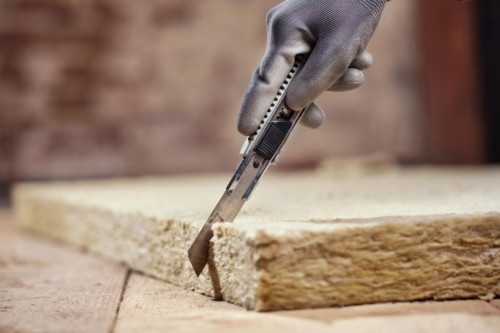- Building Materials
- Insulation
- Landscaping

With over 30 years in the builders’ merchant trade, Andrew brings deep knowledge of everything from civils to timber. Now part of the Gilmore team, he helps customers make the right choices with advice built on decades of hands-on experience.


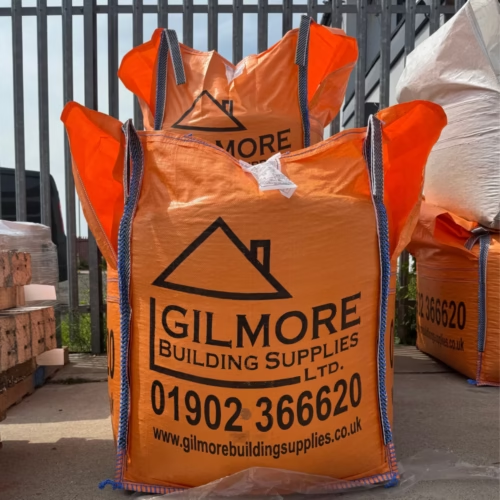
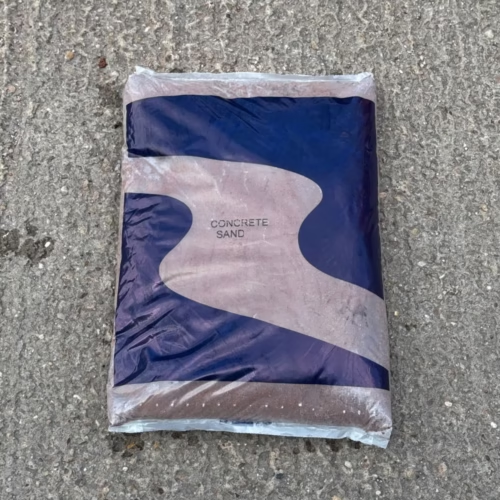
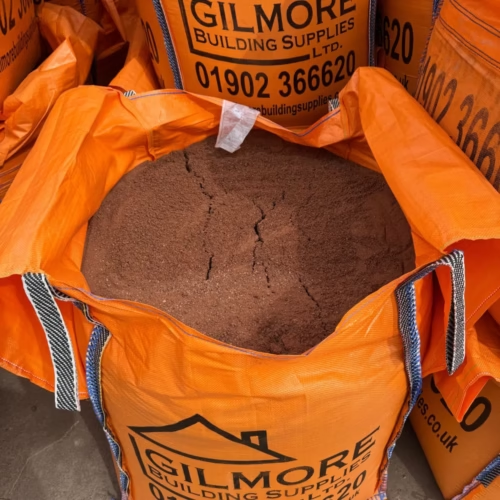
£1.90 – £41.25Price range: £1.90 through £41.25
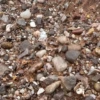



£1.90 – £41.95Price range: £1.90 through £41.95
Used alongside Cement & water to create a Concrete mix

Mix the wrong sand, and you’ll know about it when your new patio sinks or your mortar starts cracking.
This guide explains the real-world differences between sharp sand and building sand, when to use each, and what to avoid. Whether you’re mixing mortar or bedding slabs, understanding the basics will save you time, money and rework.
| Feature | Sharp Sand | Building Sand |
|---|---|---|
| Texture | Coarse and gritty | Fine and soft |
| Grain shape | Angular | Rounded |
| Main use | Concrete, screeding, paving bases | Mortar, bricklaying, rendering |
| Mixes well with | Cement and aggregates | Cement and lime |
| Not suitable for | Bricklaying, pointing | Concrete, paving beds |


Sharp sand, also known as grit or screeding sand, is a coarse aggregate made from crushed rock – usually quartz. The grains are rough and angular rather than rounded, which helps them lock together and create a strong bond when mixed with cement.
Because it’s less refined than softer sands, sharp sand is ideal wherever strength and stability matter more than a smooth finish.
Sharp sand is used for heavy-duty applications such as:
For patio bases, one tonne of sharp sand covers roughly 12 m² at 50 mm depth – a quick rule of thumb for estimating quantities.
In gardens, mixing sharp sand through compacted or clay soil helps water drain and roots breathe more easily.

Building sand, often called soft sand or bricklayer’s sand, has a finer, smoother texture than sharp sand. It’s washed and screened to remove larger particles and impurities, giving it a soft, workable consistency.
The grains are smaller and more rounded, producing a smooth finish when used in mortar. It’s typically a warm beige or orange colour due to natural iron content.
Building sand is ideal for:
If you’re repointing old brickwork, a lime-based mortar with soft building sand allows gentle flexibility and reduces cracking over time.
Its fine texture makes it easy to trowel, spread and shape without cracking as it dries – perfect for precision work.

If you’re unsure which type you need, think about what the sand is doing in your mix. Sharp sand builds strength; building sand builds finish.
A quick test: rub a handful between your fingers. If it feels coarse and scratches, it’s sharp sand. If it’s silky and smooth, it’s building sand.
Getting the right consistency is just as important as choosing the right sand.
When mixing by hand, create a shallow crater in your sand pile before adding cement and water – it keeps the mix even and prevents dry pockets.
| Type of job | Sand | Cement |
|---|---|---|
| Bricklaying | 4 | 1 |
| Pointing | 3 | 1 |
| External rendering | 3.5 | 2 |
| Floor screed | 4 | 1 |
| Chimneys | 5 | 1 |
| Paving joints | 3 | 1 |
| Retaining walls | 3 | 1 |
While sharp and building sands are the most common, a few specialist varieties are also worth knowing:
Can I use sharp sand instead of building sand for bricklaying?
No. Sharp sand’s coarse grains create a weak, gritty mortar. Use building sand or a dedicated bricklaying mix for strength and smoothness.
Why does some building sand look orange?
The colour comes from natural iron minerals in the source material. It won’t affect performance, but it can slightly change the shade of your finished mortar.
Can I mix sharp and building sand together?
Yes, in some cases. A 50/50 blend creates a coarser mortar suitable for garden walls or paving edges, though not ideal for fine brickwork.
Is sharp sand the same as ballast?
No. Ballast is a mix of sharp sand and small stones used to make concrete for heavy-duty work.
Which is best for soil improvement?
Sharp sand. Its coarse, angular grains open up compacted ground and improve drainage.
Choosing the right sand comes down to texture and purpose.
If you need a smooth, workable mortar, go for building sand.
If you’re after strength and durability, go for sharp sand.
Think of it like this: sharp sand carries the weight, building sand holds the detail.


Please note: The information provided on this website is for general guidance only and should not be relied upon as professional advice.
Building methods, material specifications, and regulations can vary depending on location, project design, and site conditions.
Always refer to the latest Building Regulations, manufacturer data sheets, and consult with a qualified structural engineer, surveyor, or building control officer before starting any construction work or making design decisions.
Gilmore Building Supplies accepts no responsibility for loss, damage, or injury resulting from reliance on the information provided.
